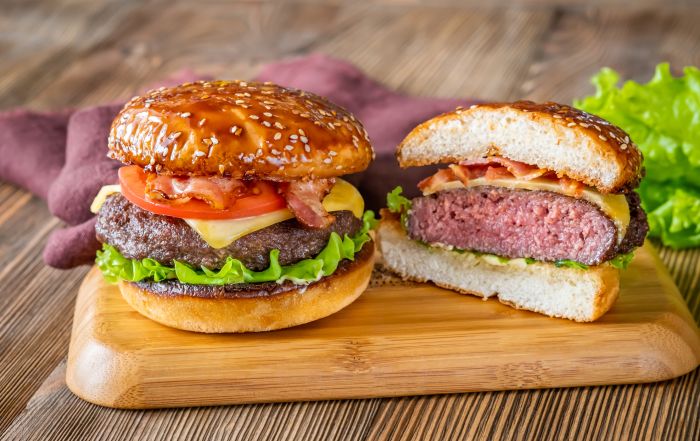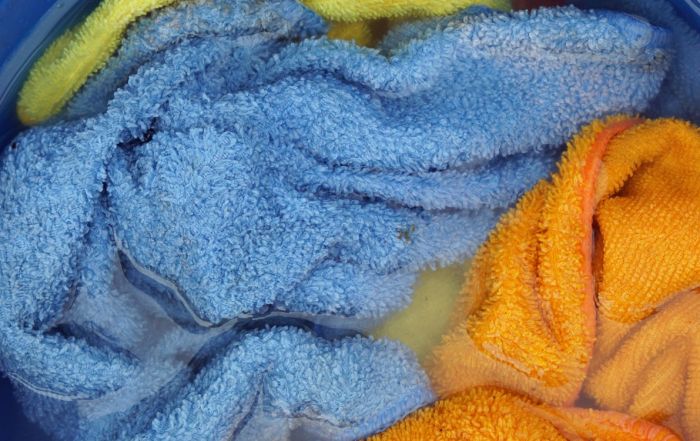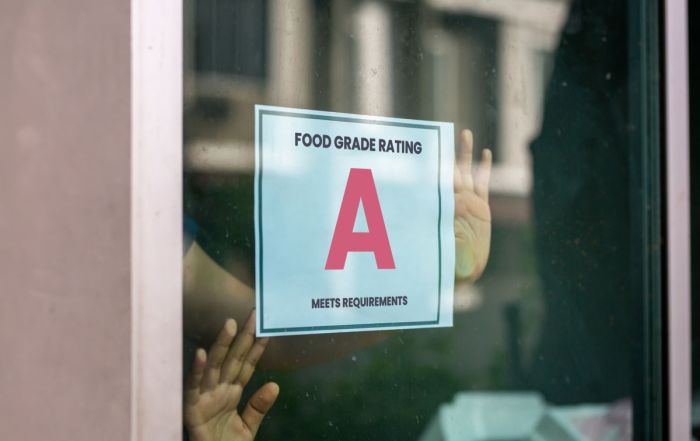Ice Machines, Beverage Dispensers & Other Overlooked Food Safety Hazards
At the end of the spring semester in our campus food production lab, we’re fortunate to have the opportunity to hit pause and reset for the summer and prepare for fall—a luxury many foodservice operations don’t often get. During this time, we can deep clean, shut down equipment, and perform a thorough reset of the space. While some school foodservice programs may also have this seasonal window, many commercial kitchens operate year-round and rarely have the chance to step back in this way.
Among the many pieces of equipment that we focus on cleaning during this time are the ice machine and soda dispensers. We clean them throughout the year, too, but they are pieces of equipment that are sometimes neglected. I can see why some may forget about them. In food safety training, much attention is paid to keeping food at safe temperatures, avoiding cross-contamination, and ensuring hand hygiene. While the spotlight is often on cooking and holding procedures, some food safety hazards are hiding in plain sight: ice machines, beverage dispensers, and other equipment that’s easy to forget during daily cleaning routines.
Ice is considered a food under FDA guidelines, which means it must be handled and stored with the same care as any other consumable. Yet, ice machines are notorious for harboring mold, slime, and bacteria, often due to irregular cleaning and maintenance. Ice scoops left on top of the machine, hands reaching into bins, or contaminated utensils can all introduce pathogens. When was the last time you inspected the water line to your ice machine – or even more importantly, the filter? Just as with any surface, if they are not cleaned and sanitized regularly, the risk of contamination only grows.
In foodservice operations, ice is an important component of the service and production processes. It is used for both beverages and for cooling of food. Thus, it is important to be diligent in cleaning and monitoring ice machines.
…Food safety isn’t just keeping hot foods hot and cold foods cold; it’s about the unseen risks that accumulate over time.
Soda fountains and beverage dispensers can also be a hidden hazard. Sugary syrups and low-acid liquids provide a perfect breeding ground for bacteria and yeast, especially in and around the nozzles and drip trays. These areas often go unnoticed in daily cleaning routines and can develop biofilms—thin layers of microbial growth that are hard to remove and can contaminate drinks. In most cases, the trays themselves are dark in color, often black, meaning spotting these biofilms is not easy to do visually.
Another issue arises with the internal tubing of beverage systems. Without proper flushing and sanitization, residue can build up, leading to off-flavors and microbial risks. In both commercial and institutional settings, ensuring that staff are trained to clean these systems according to the manufacturer’s specifications is essential.
Beyond ice and beverages, there are many overlooked surfaces that require consistent attention. Refrigerator gaskets can collect food particles and condensation, creating a moist, dark environment where mold and bacteria thrive. Handles of reach-in coolers, microwave buttons, and faucet levers are frequently touched but seldom cleaned with the same rigor as food prep surfaces.
Food safety isn’t just keeping hot foods hot and cold foods cold; it’s about the unseen risks that accumulate over time. By creating comprehensive cleaning schedules that include non-obvious equipment and surfaces, and by regularly training staff on the “why” behind those practices, foodservice operations can protect both their customers and their reputations. After all, preventing illness doesn’t just happen on the line—it happens behind the ice machine, under the soda fountain, and everywhere in between. Risk Nothing.
READ MORE POSTS
Embracing Technology for Enhanced Food Safety in Foodservice Operations
Technology. We love it, we hate it. I’ve always been fascinated by technology; I remember getting my first Blackberry in the mid-90s and thinking it was the pinnacle of technological advances. Before that, I remember ordering a dictation program in college that was going to revolutionize the way I “typed” my assignments. Looking back, it really wasn’t worth the box that the program came in. Now, we have ChatGPT that will write the entire paper for us!
Meat Color and Doneness: Persistent Pinking
Late in June, my family and I were able to visit the Black Hills, an area of the country in which I have not had the opportunity to spend much time. One evening, as we dined at a local restaurant, I observed a table across the dining room sending back a dinner. While I couldn’t hear the entire conversation and I certainly wasn’t trying to eavesdrop, it was apparent that the customer was unhappy with the cooking of their hamburger and was sending it back because it was too pink in the middle. That immediately brought to my mind the phenomenon known as persistent pinking. A term I became familiar with because of work done by some colleagues here at Kansas State, which they present each summer to a group of foodservice operators who join us on-campus for an in-depth week-long look at all things food safety.
Quat Binding – Why this Can Have a Disastrous Impact on Your Sanitation Program.
In June, I had the opportunity to represent FoodHandler and speak on food safety behavior for customers of Martin Bros. Distributing in Waterloo, Iowa. One of the questions that was asked caught me a little off guard. The question was about quat binding. It caught me off guard not because it was a bad question, but only because it was not something I had previously been asked nor had not yet been exposed to the phenomenon. However, I soon learned that in certain jurisdictions, it is resulting in changes to how sanitizing cloths are to be stored in sanitizing buckets (or not) in the foodservice industry. When I returned home from the trip, I had to dig into it to learn about what quat binding is and how it might impact foodservice operations.
Are Grades for Foodservice Inspections a Good Idea?
I generally try to stay away from controversial topics in my blog, but this is one I thought it might be interesting to discuss. Occasionally on my travels, I will come across a state or a local jurisdiction that requires foodservice inspection scores be posted in the window of the establishment. The idea is to allow would-be customers the ability to see how the foodservice operation in which they are about to eat scored on their latest health inspection.










